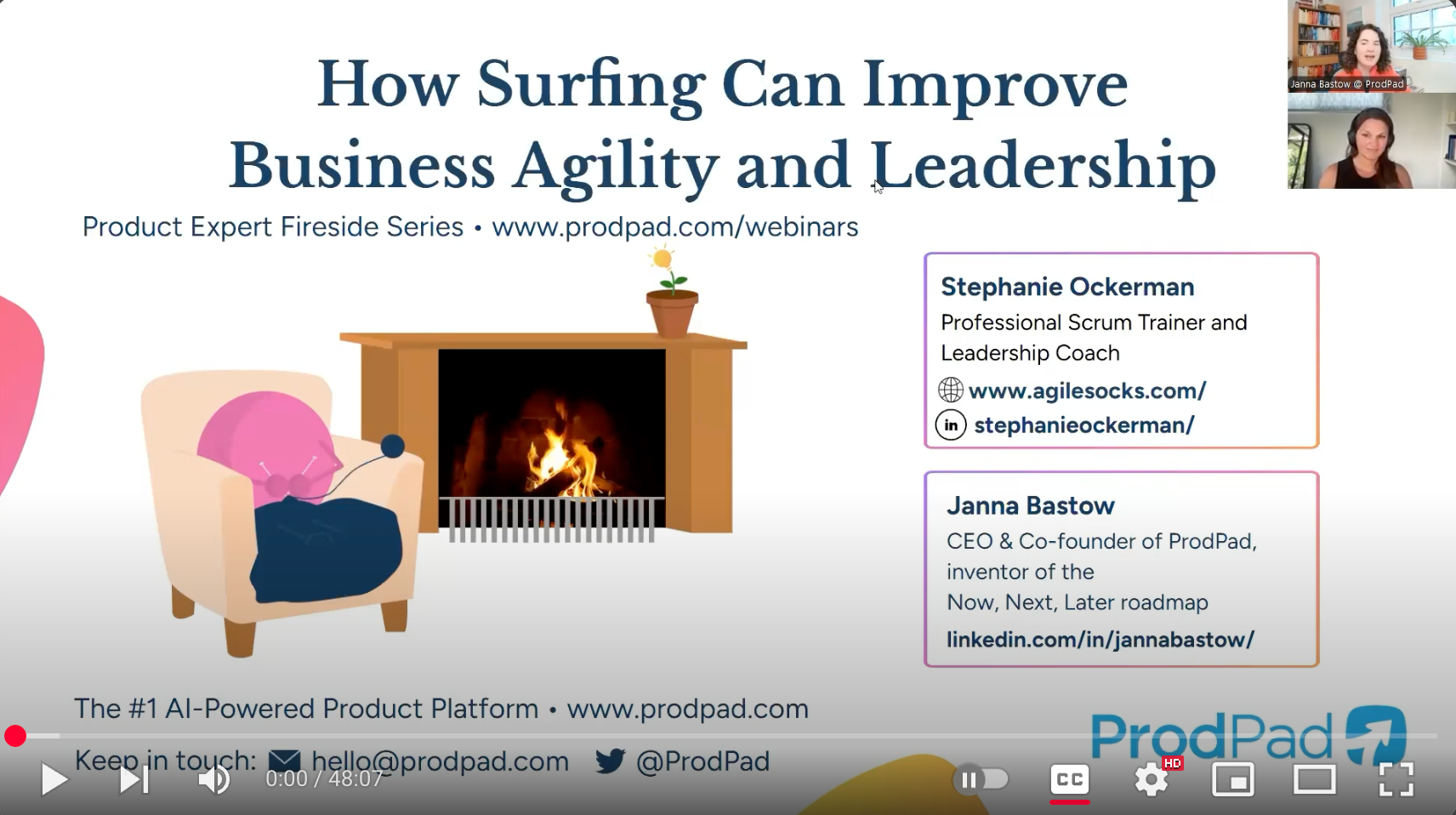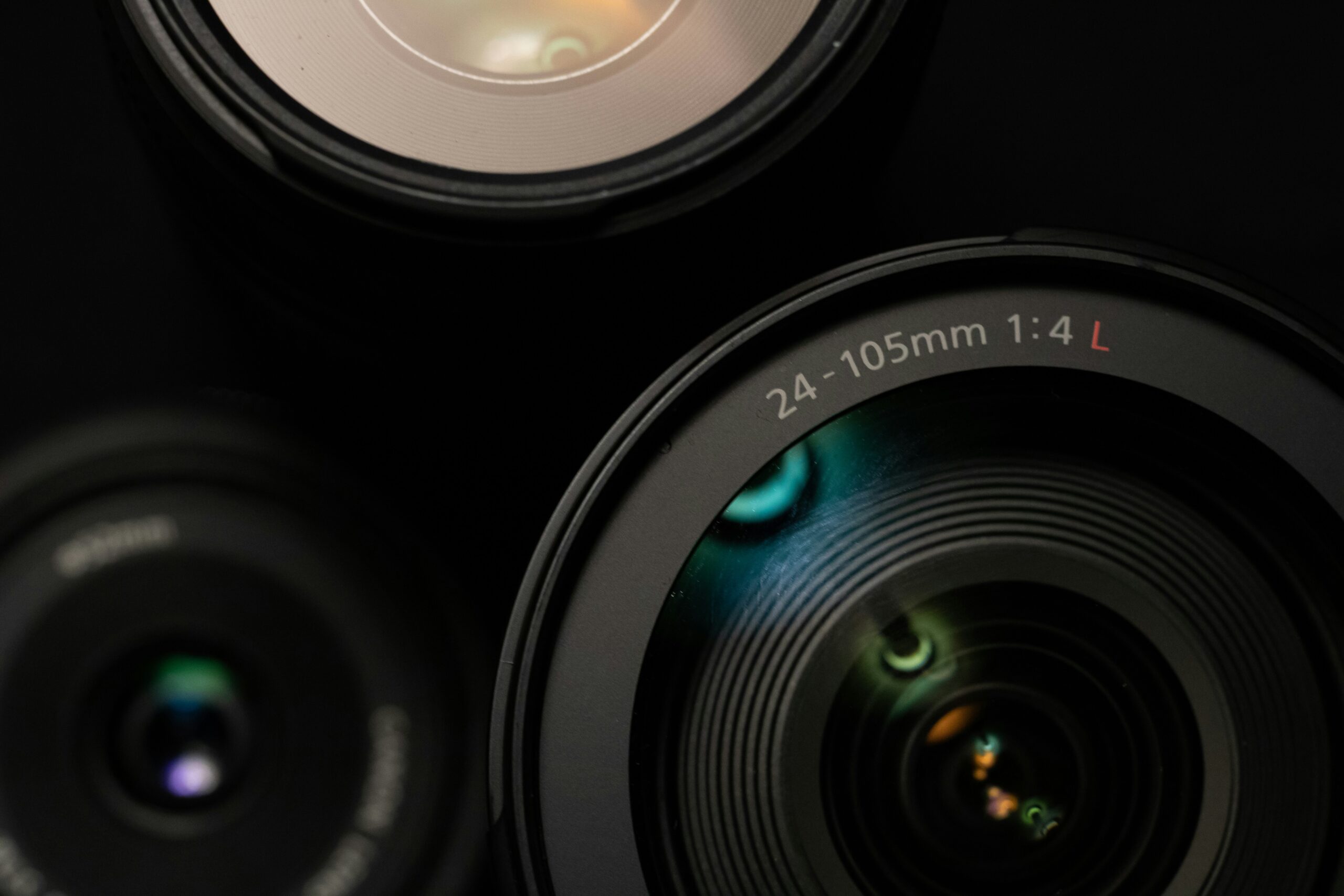I previously wrote about 5 ways productivity culture kills business agility. And that may cause one to wonder if I think that focusing on productivity is a bad thing. I believe we can be in right relationship with productivity and use it as a tool for good. However, the reality I observe and sense around me is that most of us are not in right relationship with it. A simple tool we can use to understand our relationship to productivity and expand the possibilities is the creative versus reactive leadership lens.
Using the Creative versus Reactive Leadership Lens
In the Inner Leader Tools for Greater Agility Mini-Workshops, we explore creative versus reactive leadership as a simple and powerful tool to understand what is happening inside us and how that impacts how we understand and respond to the world around us. This is a key skill that helps us influence change and create greater impact that is in alignment with our intentions.
To describe the concept simply, reactive is a constricted, fear-based, judgement-driven relationship. And creative feels more expansive, open, and curious. Reactive feels life-diminishing, separated. Creative feels life-giving, interconnected. Let’s take a look at some examples of each.
A Reactive Relationship to Productivity
There are two primary ways I see a reactive relationship to productivity showing up in our wider culture, in my interactions with others, and in myself. First, we overemphasize productivity as a key measure of success. Second, we believe we have to always be “producing” or always increasing productivity in order to “stay ahead” or have “enough.”
- Do you put things on your to-do list just so you can check them off? Maybe even things you already did but want to make sure you’re giving yourself credit for it? (Yep, I am speaking from personal experience.)
- How much do you stress over planning your productivity for the day? And then squeezing in the things you didn’t get done today into the rest of the week?
- Do you judge how “good” or “productive” your day was based on whether or not you got everything done that you planned?
- How frequently do you feel pressure to learn about the new trendy [fill in the blank] agile practice, read the books everyone is talking about, and keep getting more certifications?
- How often do you view other people as obstacles preventing you from being more productive?
- How frequently do you find yourself judging someone who does not appear to be busy – especially when you need something from them?
- Do you only allow yourself to rest because you want to improve your “performance?” In other words, you have to earn rest. And then you only rest for the sake of being able to get up and produce more again.
Essentially, when you are thinking about productivity, do you feel anxious, overwhelmed, stressed, judgmental, competitive, less than, not good enough? Well, that is likely an indicator of being reactive.
A Creative Relationship to Productivity
Again, productivity itself is not the problem. The problem is how we relate to and apply the concept of productivity. And we can change our relationship to be a more creative one. When I am considering productivity in a life-affirming, expansive way…
I am asking questions like these:
- What is the current balance between driving forward versus sensing what is needed?
- What is a helpful balance between structure and flow?
- Am I doing this because I want to do it and think it’s important? Or am I doing it because I’m “supposed” to do it?
- What are the facts and motivations when it comes to deadlines and target dates?
- What’s possible when I am more focused?
- How do my values guide what I say “yes” to and what I say “no” to?
- What’s possible when I spend less time planning how much I can accomplish in the future and instead be fully present now?
- Why do I want to be “more productive”?
- What would enough or sufficient look like?
I consider tactics like the following:
- I create regular opportunities for reflecting, pondering, integrating new ideas and learning
- I listen to my body and give myself a break when I need one (without guilt). I don’t wait until I’m exhausted.
- I believe there is a natural ebb and flow, and I seek to better understand my own natural cycles and when are the best times of the day for me to engage in different types of activity.
- Instead of scheduling every block of time on my calendar, I allow space for things to unfold or emerge.
- I use outcome-focused goals to guide where I focus my effort, and I am open to changing direction.
- Instead of scheduling my entire week to the hour (or minute), I focus on the next right thing.
- I regularly assess the usefulness and effectiveness of recurring meetings for me and others involved.
- I also take time for play because I know play boosts creativity, innovation, and energy while also relieving stress.
- I notice when that reactive “I should be doing something productive” feeling comes up, and I work on shifting to the new belief I want to live into, actively working to re-wire this new pattern.
I explore measures that offer a more expansive and useful view of productivity:
- What if we measure how productive our day/ week felt in terms of connection, presence, joy, and fulfillment?
- Instead of looking at how many things I got done, am I doing the things that matter? How do I know?
- How am I growing relationships and deepening shared understanding?
- How am I contributing to creating a more just, inclusive, equitable environment?
- Are there parts of this process that make sense to optimize so more time is focused on building relationships, practicing and integrating new skills, and creatively exploring possibilities.
- How am I creating alignment to a vision and enabling and supporting others in bringing it to life?
- Are there ways I can change how I am working to improve quality and effectiveness?
- How often do I get distracted? What is distracting me?
- How often do I multitask (or context switch)? What motivates me to do this?
- How much have I grown my skillfulness with [fill-in-the-blank] in the past 6 months? And how do I know?
- How comfortable am I with idle time?
And one thing I work really hard at NOT doing is attaching my worthiness to my productivity. Nor do I consider busyness a sign of importance or success.
Where do we go from here?
In this article, I have written mostly from an individual perspective. And this is because our own individual choice is where our power to influence and create change starts. Individuals uphold the existing systems and cultures. And individuals have the power to evolve and change systems over time.
It’s similar to that scene in the movie The Matrix. Neo is given the option of taking a red pill, which would enable him to understand what was actually occurring outside the illusion created by the Matrix, or a blue pill, which would allow him to return to experiencing only that illusion.
I do not believe humans are born with an innate desire to push ourselves to “be more productive.” These often unconscious beliefs and behaviors that lead us to a reactive relationship with productivity are handed to us from the cultures and systems we interact with throughout our entire lives. And our leadership work is to start pulling back the layers and connecting to who we really. Then we consciously choose how we want to show up and lead.
Because this unhealthy relationship to productivity is not just bad for us as individuals. Productivity culture is also working against our ability to grow collaborative teams and value-driven innovative organizations.
A simple process
Here is a simple process to help you start deconstructing these ingrained beliefs and patterns.
- Start to notice the signs that you are feeling reactive around productivity?
– It may be your thoughts. But also pay attention to your body (e.g. perhaps you notice that you scrunch your shoulders or feel tension in your eyes).
– What patterns are showing up in different areas of your life?
- Get curious about the unconscious behaviors you might be engaged in.
– What is the belief behind this behavior or thought pattern?
– What is it costing you to keep up the pattern?
– Is there a conflict with another belief you want to live into?
- Start to explore what satisfies you that is not related to productivity.
Now back to this movie reference The Matrix. Can you still be in and interact with “the matrix” while cultivating a more creative relationship to productivity? Yes, I believe you can. In fact, it’s how we shift the bigger systems. We must be super aware of what is happening within us and around us and consciously choose how we want to show up. It’s an ongoing journey, like a game we are playing to live our best lives from moment-to-moment, choice-to-choice.
___________________________
If this topic interests you, check out my newsletter Leaders Ride the Waves. I love to geek out on leadership, and I have strong opinions 😉 But I’m also not committed to being right… or at least thats the aim.



